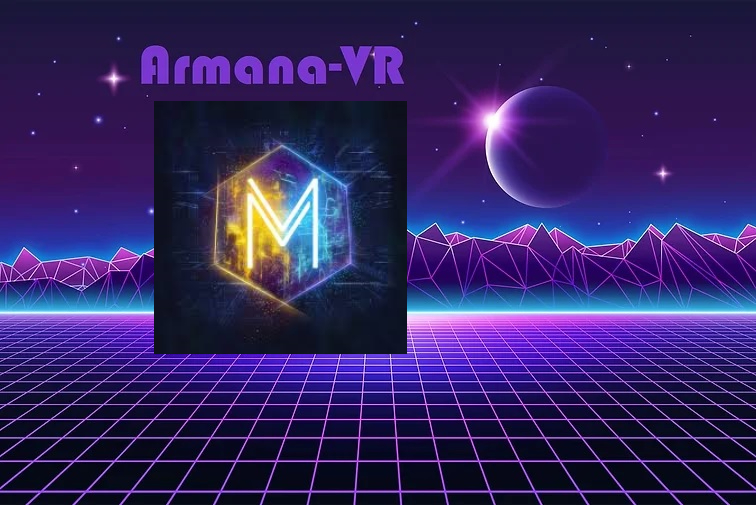Virtual reality (VR) technology has made significant strides in recent years, revolutionizing various industries such as gaming, entertainment, healthcare, and education. The impact of virtual reality on education has been particularly profound, enhancing the learning experience for students in ways previously unthinkable.
One of the key benefits of incorporating virtual reality into education is the immersive Virtual reality experience it provides. Students are no longer limited to textbooks and lectures but can instead embark on virtual field trips, explore far-off places, and even travel back in time to historical events. This hands-on approach to learning not only makes education more engaging but also helps students retain information better.
For example, students studying ancient civilizations can step into virtual recreations of ancient cities, interact with historical figures, and experience what life was like in that era. This kind of virtual reality experience brings history to life in a way that traditional teaching methods cannot replicate.
Furthermore, virtual reality can also help bridge the gap between theoretical knowledge and practical application. For instance, medical students can practice surgical procedures in a virtual reality simulator before working on real patients. This not only enhances their skills and confidence but also reduces the risk of errors in a real-world setting.
The use of virtual reality in education is not limited to traditional subjects such as history or science. It can also be a powerful tool for teaching abstract concepts in mathematics or physics. Students can visualize complex mathematical equations in three-dimensional space or observe the effects of gravitational forces on virtual objects. This hands-on approach to learning helps students grasp difficult concepts more easily and improves their problem-solving skills.
Furthermore, virtual reality can also cater to different learning styles and preferences. Some students may be visual learners who benefit from seeing concepts in action, while others may be kinesthetic learners who learn best through hands-on experiences. Virtual reality technology can accommodate these different learning styles and provide personalized learning experiences for each student.
In conclusion, the impact of virtual reality on education is undeniable. The immersive virtual reality experience it offers, the ability to bridge theory and practice, and the personalized learning opportunities it provides are just a few examples of how virtual reality can revolutionize the education sector. As this technology continues to evolve and become more accessible, we can expect to see even greater benefits for students and educators alike. Virtual reality is not just a passing trend but a powerful tool that has the potential to transform the way we learn and teach.
************
Want to get more details?
Wakanda Metaverse VR
https://www.meta-armana-vr.com/
New York, United States
Step into a world where reality blurs with fantasy. Immerse yourself in a virtual reality experience like no other at Meta Armana VR. Are you ready to lose yourself in a new dimension?

